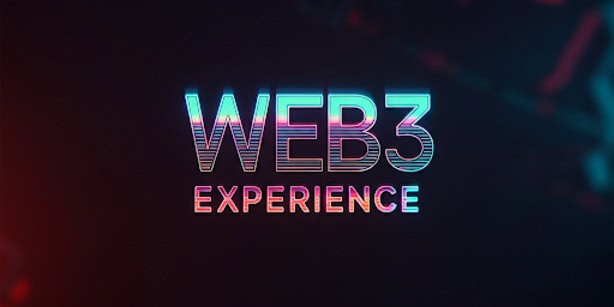A product manager’s hands-on guide to decentralized identity, IPFS, and Unstoppable Domains

For those who are unfamiliar with Web3, the term relates to the next stage of the Internet’s development. Currently, we are in the Web 2.0 stage, which is a network largely operated by huge data centers that store data and run servers. These servers exchange data with client-side processes to make applications run. After years of building on the traditional web, I decided to dive headfirst into the world of decentralization by launching my own portfolio on Web3. Here’s what I learned. Web2 is pretty centralized, and its main feature is that the end-point user doesn’t own any of their data. Instead, it belongs to the entity that hosts the data. Web3 is different; it’s decentralized. This allows the end-point user to own their data. Let’s dive a bit deeper.
In Web3, there is no single hosting provider, no centralized database (like MySQL), and no server in the traditional sense. Instead, there are distributed storage networks like IPFS (the InterPlanetary File System), Web3.storage, or Storacha.network that can be used to store website content. Distributed networks like IPFS can’t perform server-side commands, so they can only host websites/apps that rely on client-side processing. All the information is distributed and shared across shards, with each shard having a unique hash-based name. Think of it like BitTorrent for websites, where content is served by a network of users instead of a single company server. A standard shard name can be something like:
bagbaierakdsqef6yluhiiwg7xnlpap3if7hrl5nkueyziyzgc3zyrqvhhqsq
This can be translated (bridged) into a Web2 URL, such as:
https://bafybeigd2dmq2cmxz536lygi5j2gohqnxgie3opy6df2qqbkbq6az7gxbe.ipfs.w3s.link
Important: Distributed networks use content-based addressing, which means that a shard’s name and its corresponding URL change every time the content changes. This makes the structure seemingly useless for public sharing: either you can’t update the content, or your links will break.
At the time of writing, these are a valid shard name and a working URL from my example. However, you will probably not be able to access the information using them because by the time you read this, the content may have changed. If the content changes, so will the shard’s hash and the related URL. Just imagine a library where every book’s location changes whenever a single word or even a letter in the book is changed. There will be complete chaos. The problem is now obvious.
To resolve this issue, there’s IPNS (the InterPlanetary Name System), which allows the address to remain unchanged when the content is updated. However, the address name still contains a long hash and isn’t generally human-readable.
Finally, there are Web3 domains that allow addresses to be presented in a short and user-friendly form, like nicksaperov.u.
To illustrate. Recently I’ve launched two new websites on the decentralized web using domain names from the Unstoppable Domains:
- nicksaperov.u (my personal page)
- theturingmachine.u (a niche NFT project page)
These are Web3 domains, so they are accessed in a few special ways that differ from traditional websites. Here’s how you can view them:
- Best Experience (Web3 Browsers):
Use Brave or Opera, which have built-in support. Simply type the domain name directly into the address bar. - Other Browsers (Chrome, Firefox, etc.):
Install the Unstoppable Domains browser extension, which will allow your browser to resolve these domains. - Universal Access (Any Browser Fallback):
You can also view the sites immediately using these direct links. The first uses a public IPFS gateway, and the second uses the Unstoppable Profile page.
Finally, some might ask: why Web3? Why should I know about it and use it? The benefits of decentralization are the answer. First, the mentioned data ownership. Just think about the idea that your passport doesn’t belong to you anymore – I’m sure you won’t like that. However, your digital identity, which can be of much more importance, doesn’t belong to you. Is that ok? Second, higher censorship resistance. And third, higher overall network resilience.
What excites or concerns you most about a decentralized web? I’d love to read your thoughts in the comments.
Leave a Reply